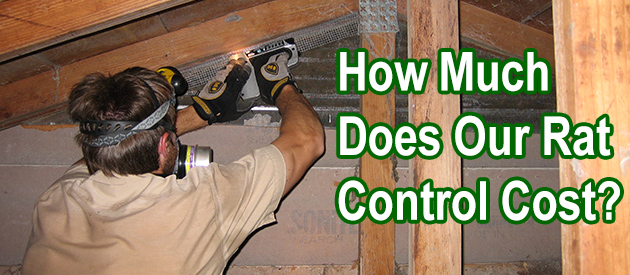Anne Arundel County, Annapolis Rat Control Situation:
Interresting site very helpful info. I had stored furniture in a storage facility and and went into remove yesterday .. And found rats had been nesting I there. I removed a table and chairs and two couches .. Which had rat dropping on. I didn't see much urine but I'm sure it's there. I'm concerned and extremely grossed out because I HATE rodents more than anything In this world. And I have a four month old baby. I want to throw the couches away, my boyfriend and friends tell my I'm exaggerating but by your site I think not. Can you tell me is it still safe to use the couches , their made with slip covers for easy clean up. What type of cleaning should I do to use again or shall I toss them.
Hi David, Great site-very resourceful. We have a night time visitor in our attic. We called a pest control company and they have put traps in our attic and sealed his entery hole. With that said I have a few questions: Its been over a week and he has yet to be caught! We still hear him at night. is that normal? Further, we have a small half inch open gap going around the entire perimeter of our roof. We recently replaced our roof and gutters and I think there was some miscommunication between the contractors. I just have to lift the roof shingles and I can see the opening. With that said, I was thinking of going up and stuffing the perimeter of the house with steel wool. Will that keepp rats out or will they push through and end up in our attic? I was only thinking steel wool 'cause "chicken wire" would be a more labour intensive project. Any suggestions would be greatly appreciated.
Annapolis Rat Control Tip of The Week
What Is The Cost Of Rat Removal?
Having rats in your home comes with the immediate need to get them removed if you don't want them to cause damage that you can't afford. And to remove them permanently, you have to get it done properly.
The first thing you need to do is hire skilled professionals. We have seen many homeowners choose pest control companies where they are asked to pay a sum monthly just to remove the rats in their homes without getting the results they desired.
You can't afford to make the same mistake. If you want to hire a professional to help remove the rats in your home, you need to choose a wildlife removal service. Apart from getting rid of the rats in your home, they will find and seal off all possible entry holes and prevent further reentry. With their services, you will be able to get it done once and for all.
There is no exact fixed cost for removal. The amount you will be paying depends on several factors. Ideally, if the rat problem you are having in your home is not a complex one, the total cost of removing the rat might run between $300 to $500.
The cost of a rat removal service depends on the part of the country you reside in, the number of rats that need to be removed, the number of service traps that will be needed to remove all the rats, the number of repairs that need to be done, and if cleanup is needed after removing the rats.
The initial cost you will have to pay might seem expensive but you need to understand the fact that it is worth it.


